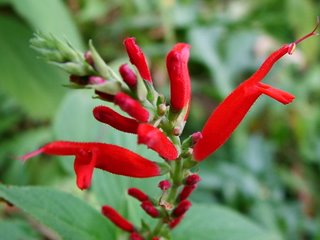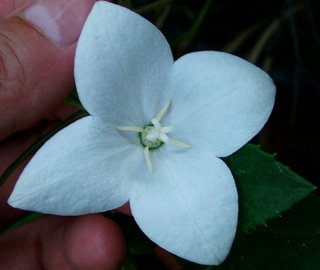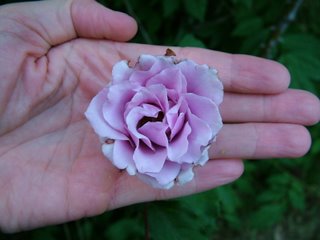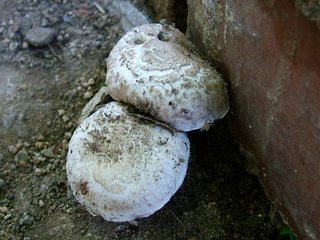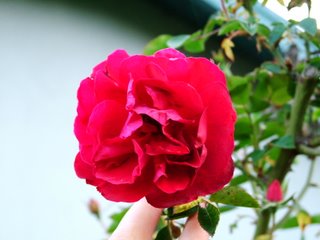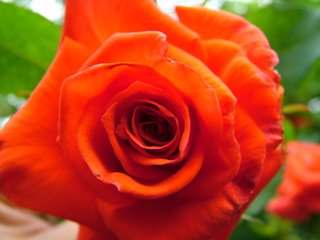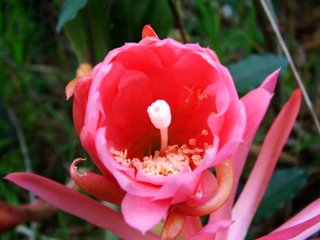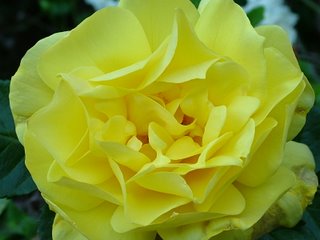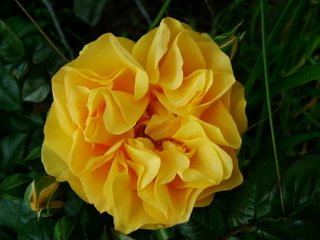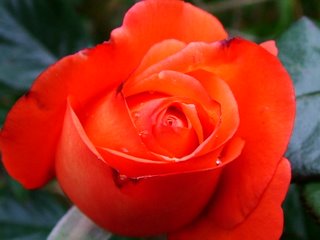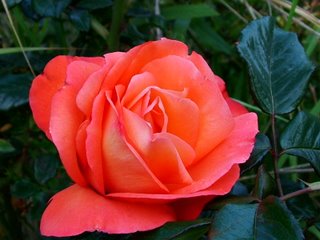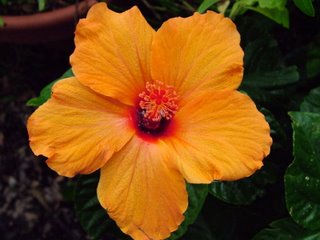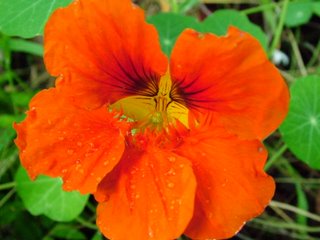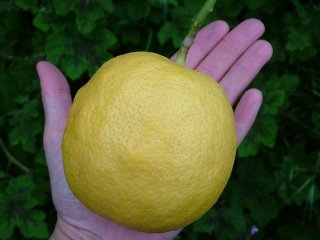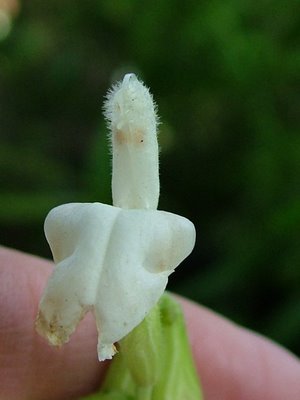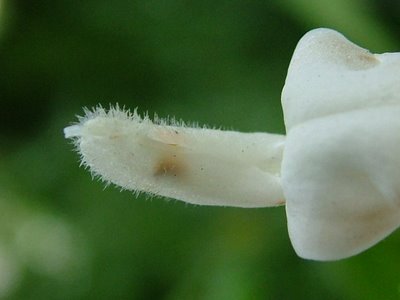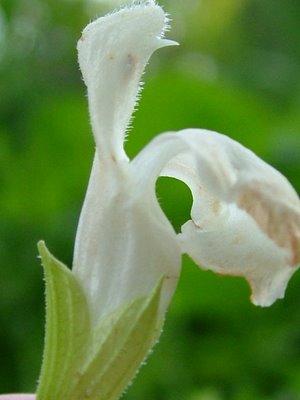Before Labor Day 2006 passes into history and summer whites must be put away, here, in no particular order, are some white flowers which appeared in our garden over the last few months.

Image 1 - Rosa Banksiae aka Lady Banks' Rose (white variety). Small, nearly scentless blooms appear once or twice a year. It does not merely climb or ramble; it's a rover which has shot up a stone wall and over a wooden fence into a neighbor's yard. We believe an elderly specimen of this rose variety--the canes twisted and gnarled together in a tree shape--resided in mother's garden at the Old House. Years later, we discovered a subsequent owner of the property removed the "tree." Pity.

Image 2 - Viburnum. This came from the garden center as a brown stick in bareroot packaging. The label described the variety as a "snowball" type. We waited years and years for snowballs. At last, this year, we got flowers, but no "snowballs." The grower's mixup again. This is a lacecap variety. We like it well enough, but next time we go shopping for snowballs, we'll have to see them in bloom before we plunk down our hard-earned dough.

Image 3 - You Say Rose of Sharon, I Say Hibiscus. Hibiscus syriacus aka Rose of Sharon. Deciduous (i.e., dies back to a big brown stick in winter); kept us guessing whether we would see any flowers this year. Once in a while, the grower's goof works in your favor. We bought a 5 gallon pot containing what we thought was a multi-trunked shrub of a lavender variety. In the process of repotting, we found three different plants had been potted up together: one lavender, one pink and one white. Probably the best deal we've ever gotten on a purchase from the big box home improvement store which shall not be named.

Image 4 - Plumbago auriculata aka Cape Plumbago. Why plumbago? We can't recall. (A mind is a terrible thing to waste ...)

Image 5 - Azalea (miniature form), a sub-species of rhododendron. Given that there are roughly 800 species and 10,000 varieties in the rhododendron family, we very much wish we had not misplaced the plant tag for this little guy.

Image 6 - It's a Hard Knock Life for a Shamrock Flower. Yes, yes, we should have had this for St. Patrick's Day, but it wasn't flowering then! We have no interesting story about this particular flower. However, long, long ago, while searching for something in the patch of clover beneath our bedroom window at the Old House, we found a
four-leaf clover. We plucked it, pressed it in wax paper and carried it for years until it mysteriously vanished. Perhaps the leprechauns took it back.


